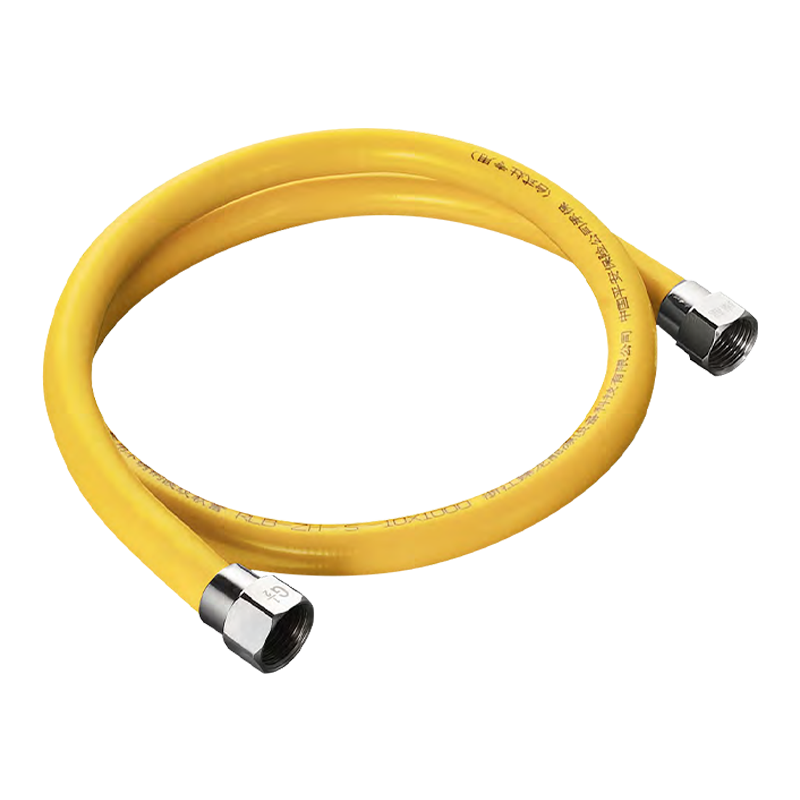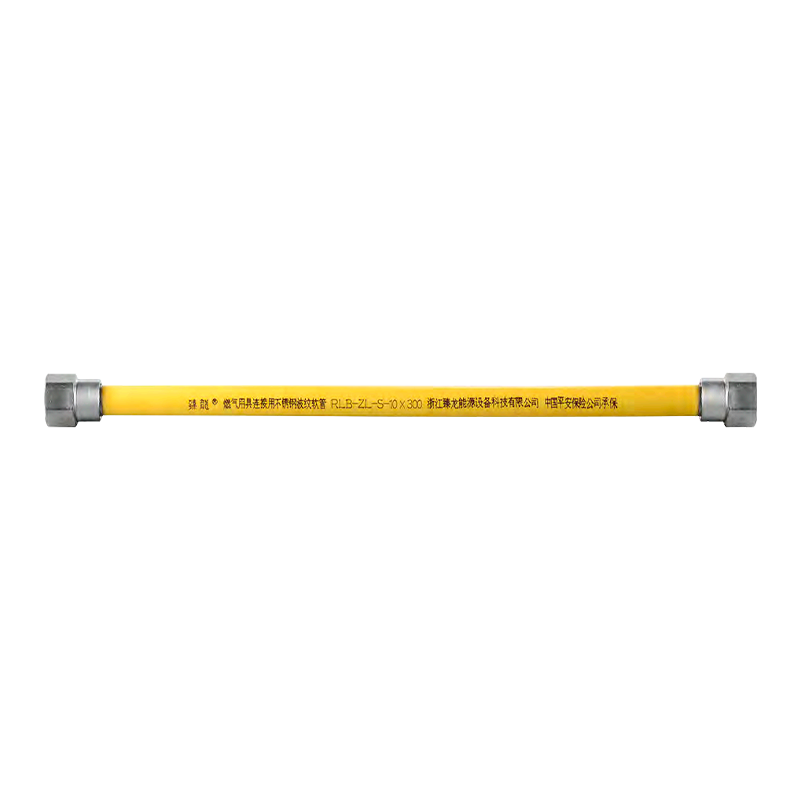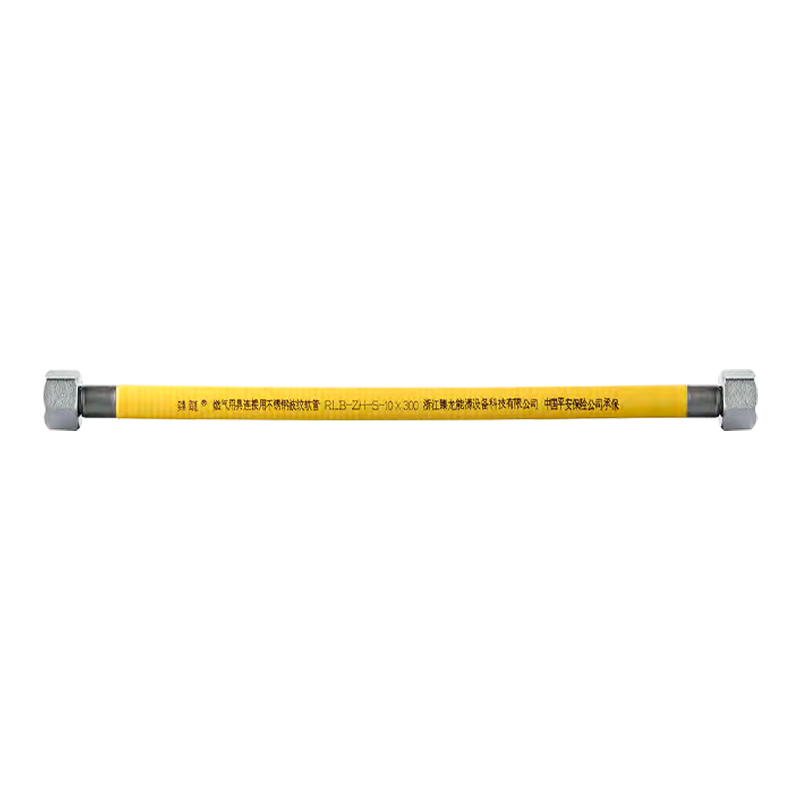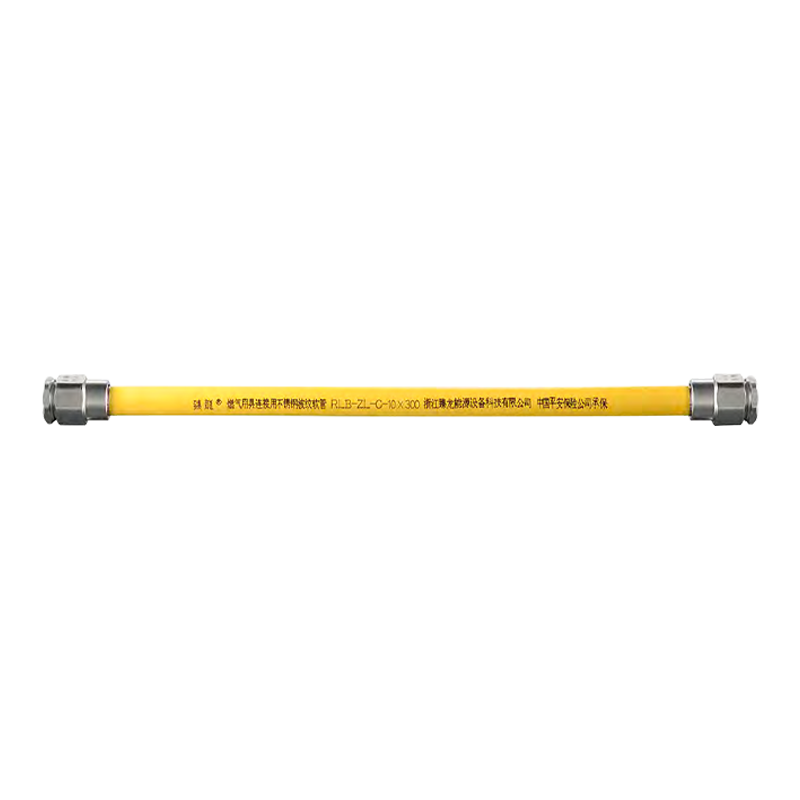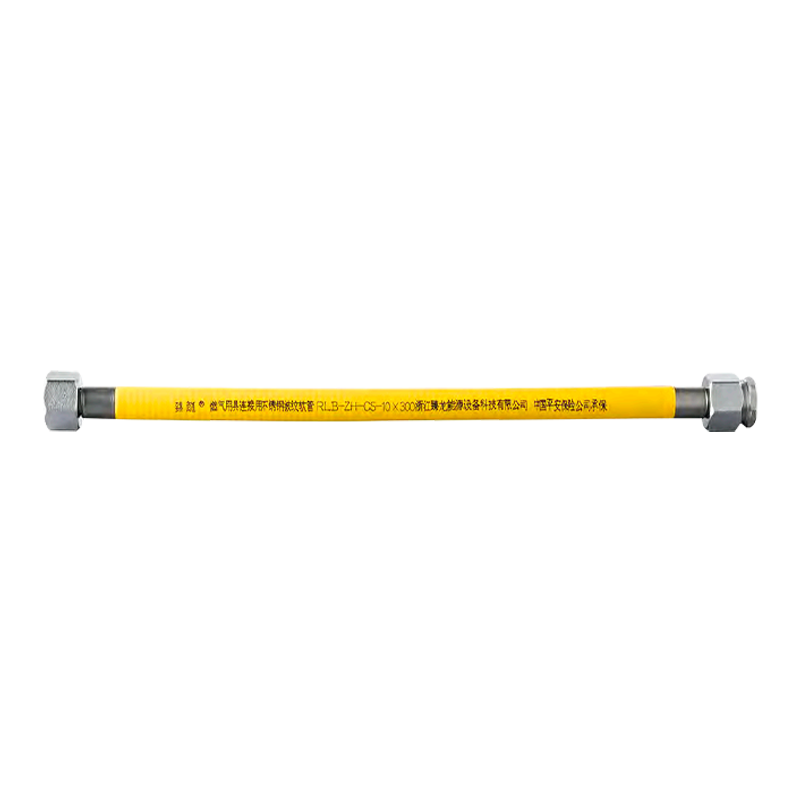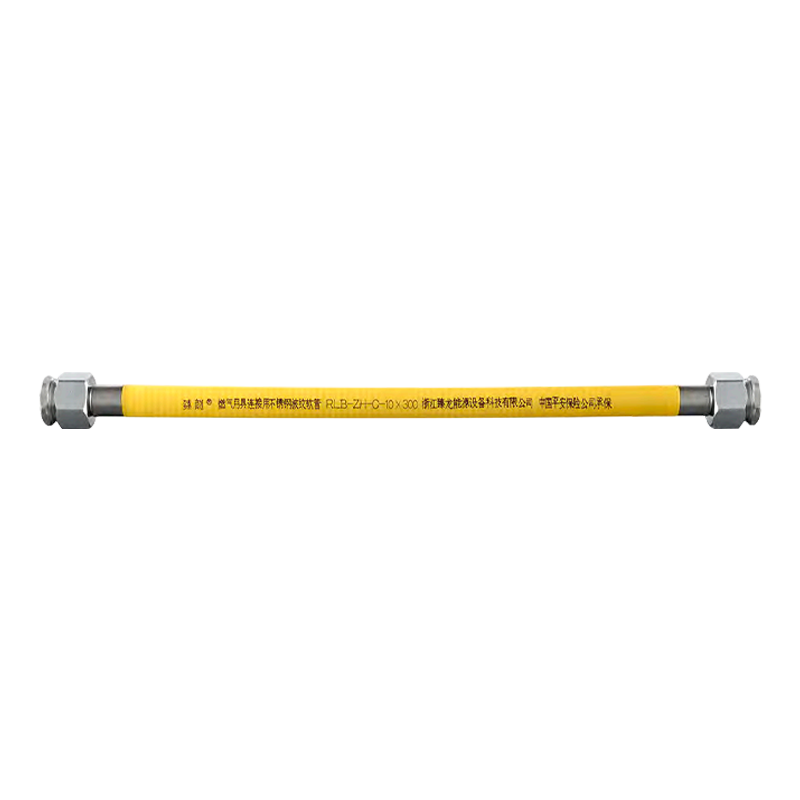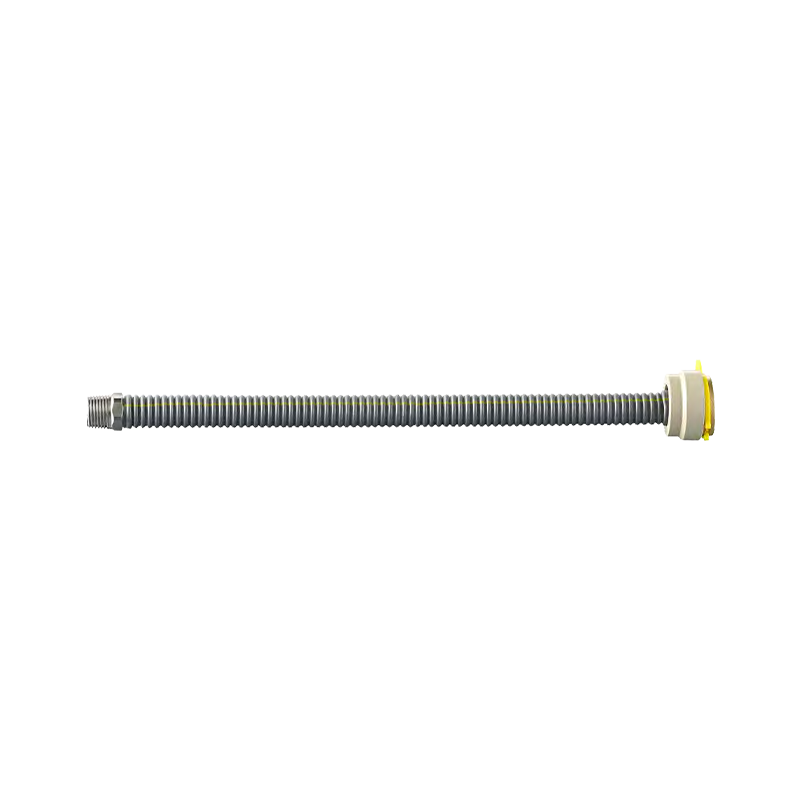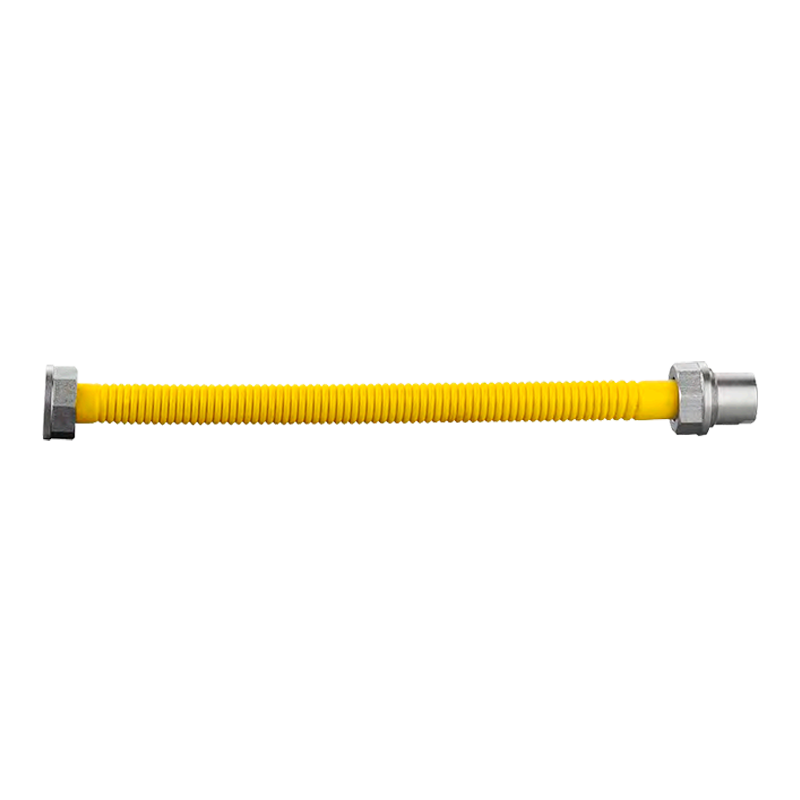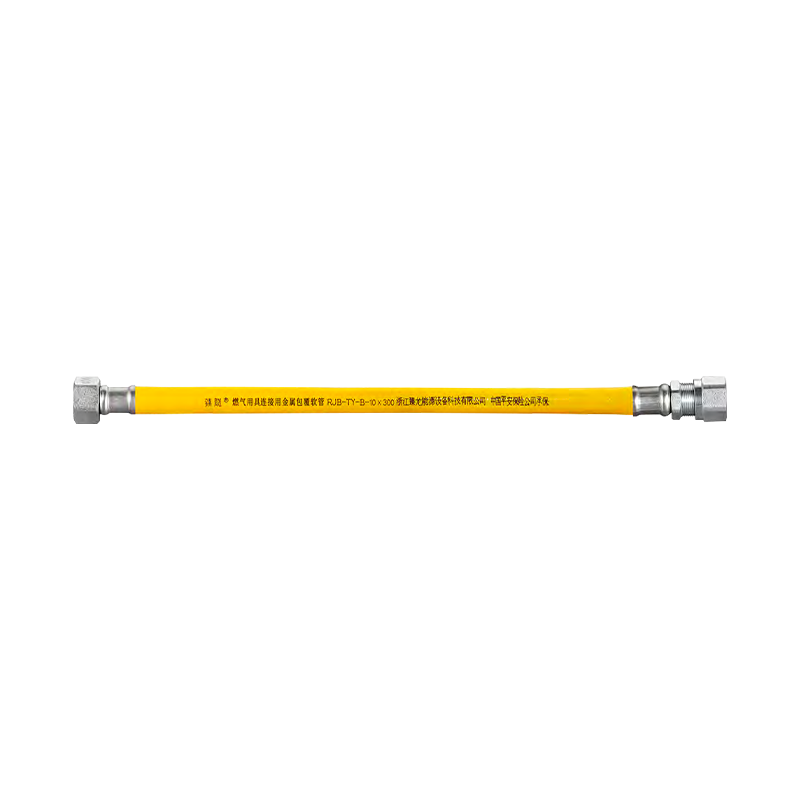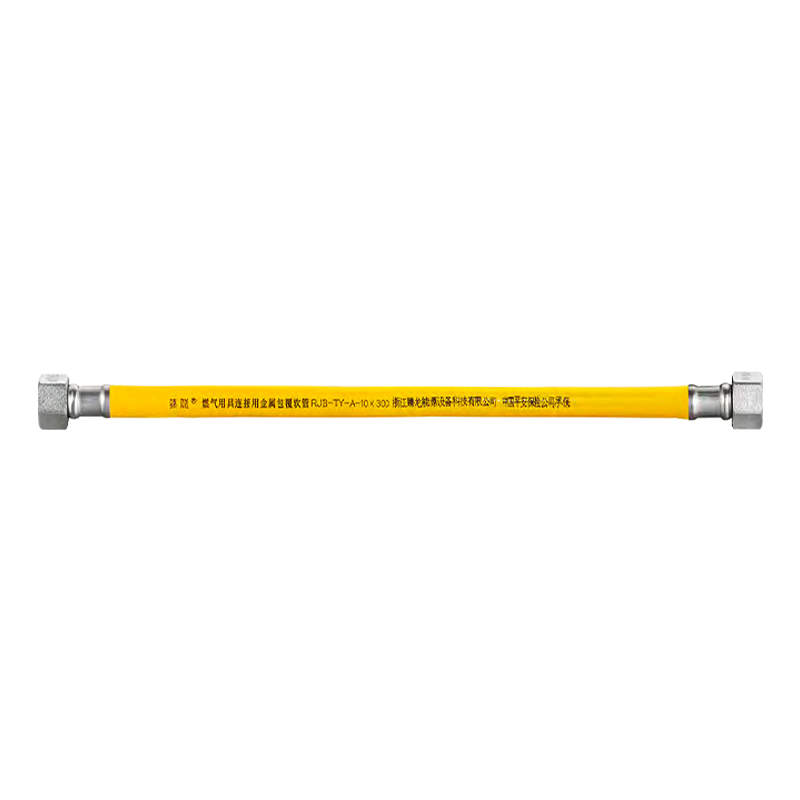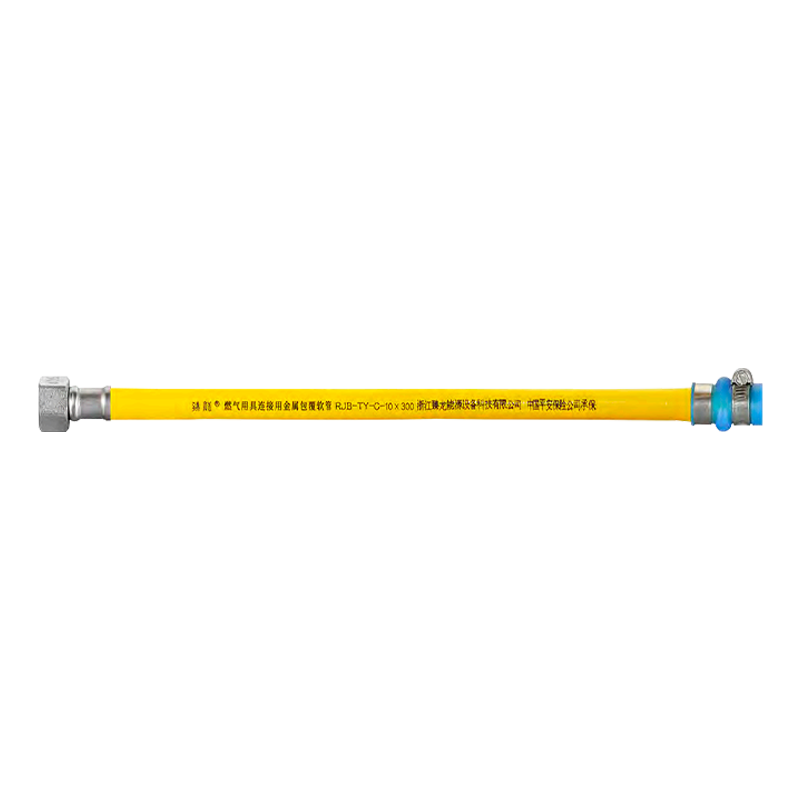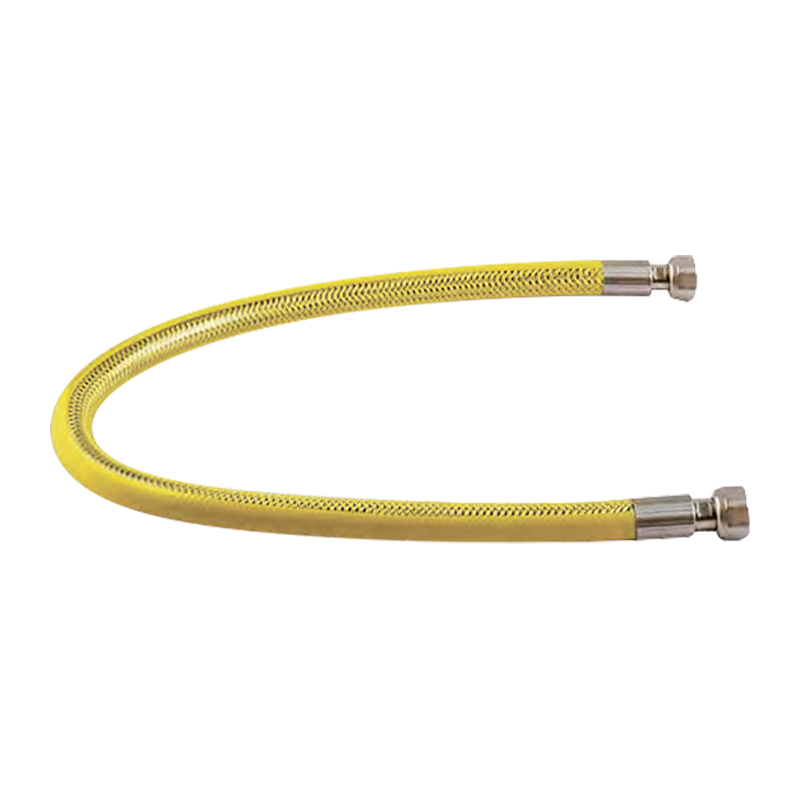Content
1. Hidden dangers of traditional rubber tubes
Risk of aging and cracking
Rubber materials are prone to hardening and cracking in high temperature and oily environments (aging rate of 47% in 18 months)
Threat of animal bites
Cockroaches, mice, etc. can easily bite through the rubber tube wall
Surveys show that 17% of rubber tube leaks are related to animal damage
Problem of falling off at the connection
Clamp fixing method is easy to loosen (annual loosening rate is about 6.3%)
2. Protection mechanism of stainless steel bellows
Material-level protection
304 stainless steel body
Temperature resistance range -20℃ to 150℃, completely covering the gas use environment
Tensile strength ≥530MPa, 80 times that of rubber tubes
Composite protective layer
Outer PVC flame retardant coating (oxygen index ≥32)
Inner anti-corrosion coating resists corrosion of sulfides in gas
Structural-level protection
Corrugated buffer design
Absorbs stress caused by stove displacement (allowable displacement ±15mm)
Seismic performance passes GB/T 26081 standard test
Anti-drop interface
Threaded + sealing ring double locking structure
Tightening torque ≥ 25N·m safety threshold

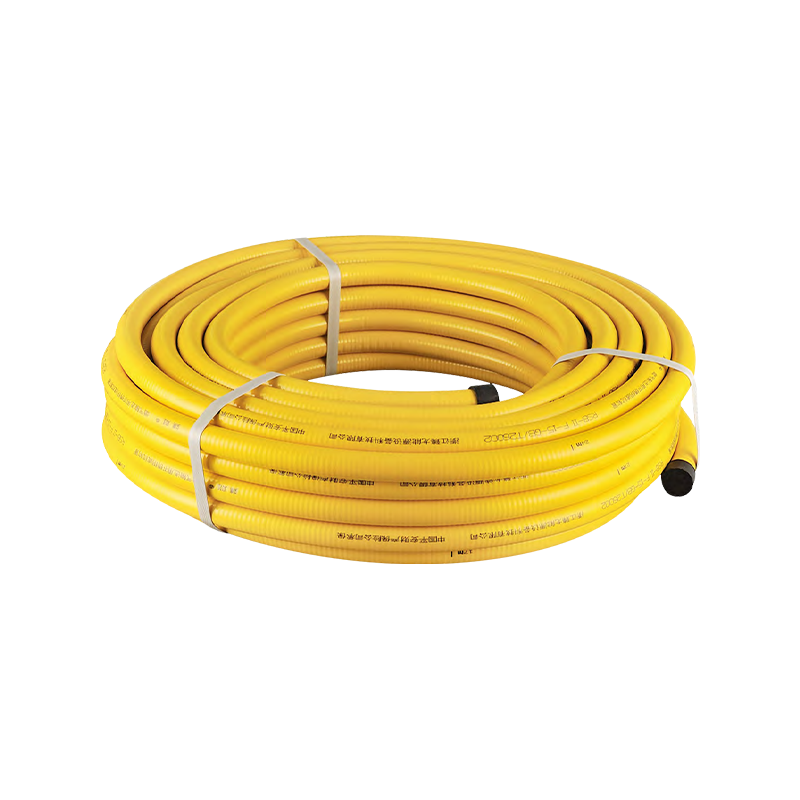
3. Key points for installation and maintenance of stainless steel bellows
Ø Professional installation specifications
Qualification requirements
The installation must be performed by professionals certified by the gas company
Construction personnel must hold a "Gas Appliance Installation and Maintenance Qualification Certificate"
Pre-installation inspection
Confirm that the bellows complies with the national standard GB/T 26081
Check that the pipe body has no indentation, deformation or other transportation damage
Measure the actual installation length (leave 5cm margin)
Correct connection steps ① Use a special anti-drop thread interface ② Apply special gas sealant (temperature resistance ≥150℃) ③ Tighten with a torque wrench (25-30N·m) ④ Immediately test air tightness with a leak detector after installation
Ø Environmental requirements for use
It is forbidden to pass through confined spaces such as walls and cabinets
Keep the entire process visible and inspectable
Keep away from high-temperature heat sources (distance ≥50cm)
Avoid contact with sharp metal edges
Ø Key points for daily maintenance
Regular inspection system
Monthly self-inspection: soapy water to test each interface (observe whether bubbles appear)
Every six months: Check whether the surface of the pipe body is oxidized and deformed
Every 2 years: entrust a professional organization to conduct pressure testing
Abnormal situation handling
Immediately stop using and replace the pipe body if it is dented or corrugated
When you smell a gas odor: immediately Close the valve → Open the window for ventilation → Contact a professional
Smart equipment: Replace the sensor battery regularly (recommended once a year)
Ø Replacement standards
Situations of mandatory replacement
8 years of use (even if the appearance is intact)
Visible mechanical damage
Loosening of the interface
Failure of the smart alarm device
Upgrade suggestions
Give priority to smart products with automatic cut-off function
Commercial places are recommended to actively replace every 5 years
Ø Safety warning
Self-disassembly and modification are strictly prohibited
Different gas sources (natural gas/liquefied gas) cannot be mixed with the same type of pipe
The sealing must be re-tested when moving gas appliances

 English
English 中文简体
中文简体 Español
Español عربى
عربى


